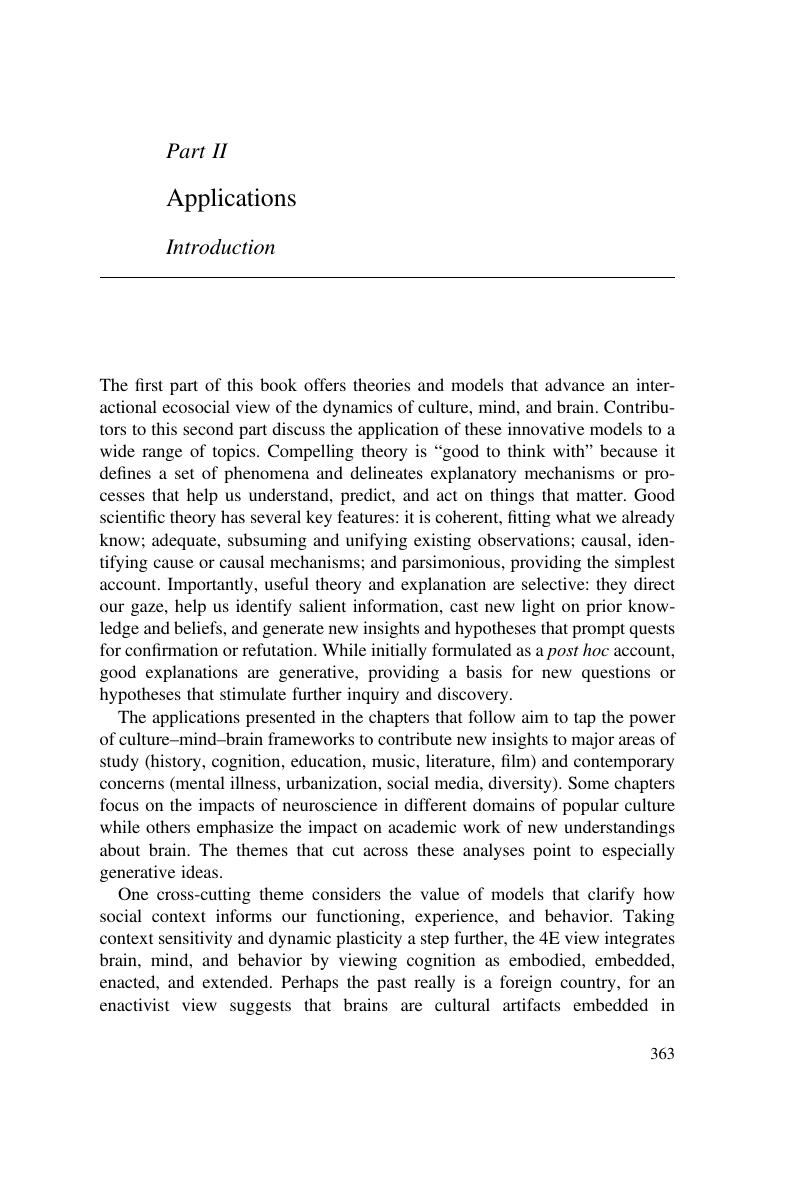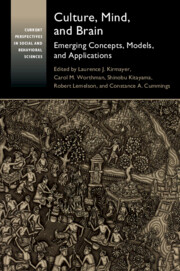Book contents
Part II - Applications
Introduction
Published online by Cambridge University Press: 18 September 2020
Summary

- Type
- Chapter
- Information
- Culture, Mind, and BrainEmerging Concepts, Models, and Applications, pp. 363 - 512Publisher: Cambridge University PressPrint publication year: 2020



